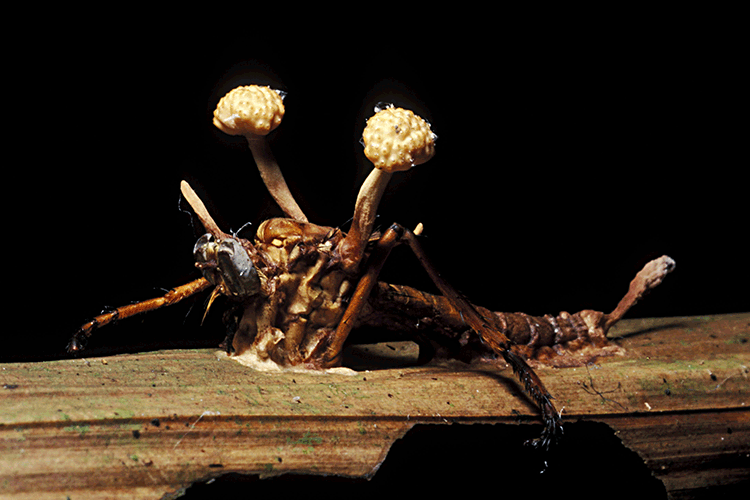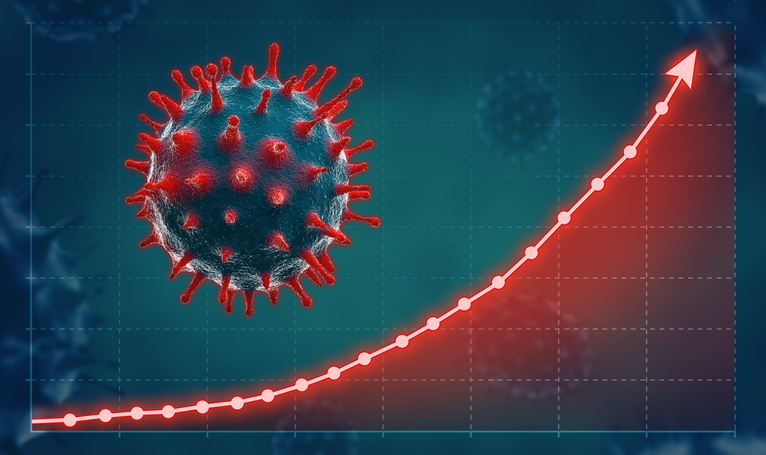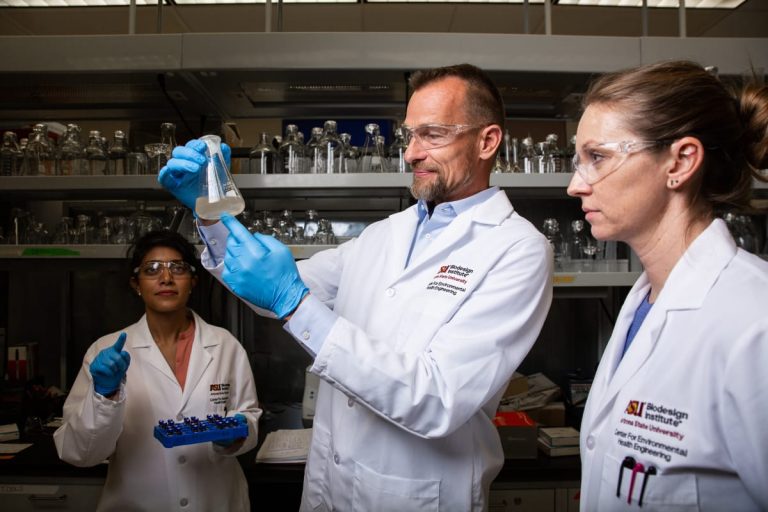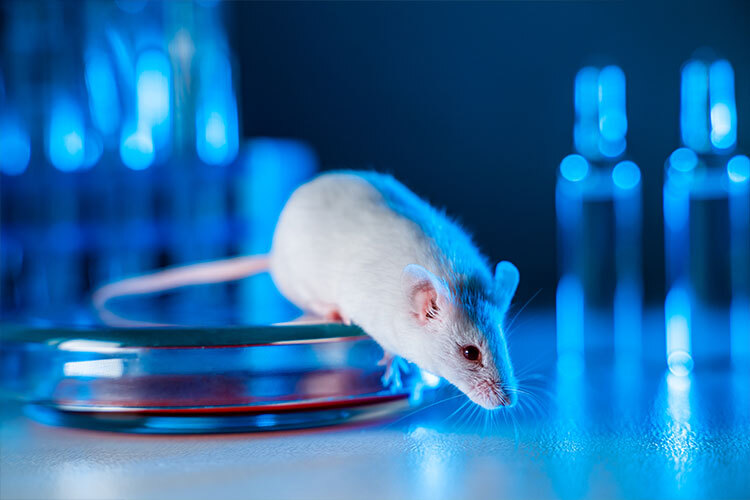Fungi have remained dormant in nature for millions of years, but recently they’ve sparked apocalyptic scenarios in people’s imaginations, causing many to wonder whether they are friends or enemies.
The discussion has made its way to social media following the successful television adaptation of the video game The Last Of Us, which portrays a dystopian future caused by a pandemic of an actual fungus species called cordyceps unilateralis.
Can fungi be the cause of the next pandemic and perhaps responsible for our extinction? Or can we use them to create a brighter, healthier, and more sustainable future?
Fungi: from turning ants into zombies to tv
In the first episode of the HBO series, actor John Hannah, in his role as a scientist, mentions that there are parasitic fungi such as cordyceps.
This fungus can infect some insects such as spiders and ants, by controlling their actions in order to expand its range.
However, the human body temperature acts as a barrier that protects against infection by this fungus.
“The fungus cannot survive if the internal temperature of the host exceeds 34 celsius degrees. But what if that could change? What if the world gets warmer? That would be a reason to adapt,” the actor explains.
This part of the series is closer to science than fiction. Cordyceps unilateralis is capable of infecting insects and is mainly found in tropical forests, also known as the fungus that turns ants into zombies.
Research conducted by João Araújo from the Biology and Entomology department at Pennsylvania State University identified new species of this fungus in Brazil, Colombia, the United States, Australia, and Japan as recently as 2017.
However, despite the fact that the fungus is real and has been scientifically studied for decades and by various cultures, João himself has recently pointed out −in response to the question of whether a fungus pandemic is possible− that although it is unlikely, evolutionarily the fungus could continue to adapt to heat, as it is believed to have done millions of years ago in order to infect ants.
However, research on fungi has not only revealed that risks are less apocalyptic than those portrayed in the series, but also has revealed benefits for humans, such as their health, nutrition, and potential for a more sustainable future.
Cordyceps unilateralis, for instance, has been shown to have medicinal value in the form of drugs such as cordycepin and cyclosporine, which are used as immunosuppressants in human organ transplantation.
Fighting fungi in agriculture with metals and nanotech
Although there is currently no scientific evidence that fungi can cause a pandemic like in The Last of Us, it does not mean that there are no species of fungi that affect aspects of people’s lives, as in the case of agriculture.
Insects, bacteria, and of course, fungi, have represented a challenge for farmers by infecting and damaging crops.
For example, phytopathogenic fungi cause various diseases in plants by having the ability to adapt to almost any environment and affect different stages of agriculture, from growth to crop harvesting.
Most of these fungi are controlled with chemical products, but these chemicals can also cause health and environmental problems.
In response to this situation, researchers from the Tecnológico de Monterrey, the National Polytechnic Institute, and the National Technological Institute of Mexico are analyzing the use of nanotechnology to combat fungi.
In 2021, this team investigated and tested the use of metal nanoparticles such as silver, copper, iron, zinc, selenium, nickel, and palladium to better combat these fungi without the side effects of chemical products.
Edible fungi that replace styrofoam (and it’s nutritious)
On the other hand, Hafiz Muhammad Nasir, a Tec de Monterrey Level 2 researcher at the National System of Researchers (SNI), conducted a study to find a use for fungal enzymes in addressing the excess plastic (PET) in the environment.
“These enzymes have emerged as candidates for the development of PET degradation processes,” as stated in the study, which also involved researchers from the School of Social Sciences at the University of Westminster in London.
This process aims to replace the burning and accumulation of plastic and prevent the environmental consequences they cause, using fungi as microorganisms that can help in the future on an industrial scale to degrade PET.
Another use that has been given to fungi is to enhance the health properties of foods, such as in the case of nejayote, a waste product of the industrial process of corn known as nixtamalization.
This research led by professors from the School of Engineering and Sciences at Tec explores the use of edible fungi fermentation to maximize the antioxidants and fiber in nejayote.
The nixtamalization process generates around 422,000 tons of nejayote, and by creating solids from this waste material together with edible fungi, a high amount of fiber can be obtained and applied to cereal-based foods such as tortillas, cookies, and bread, among others.


















